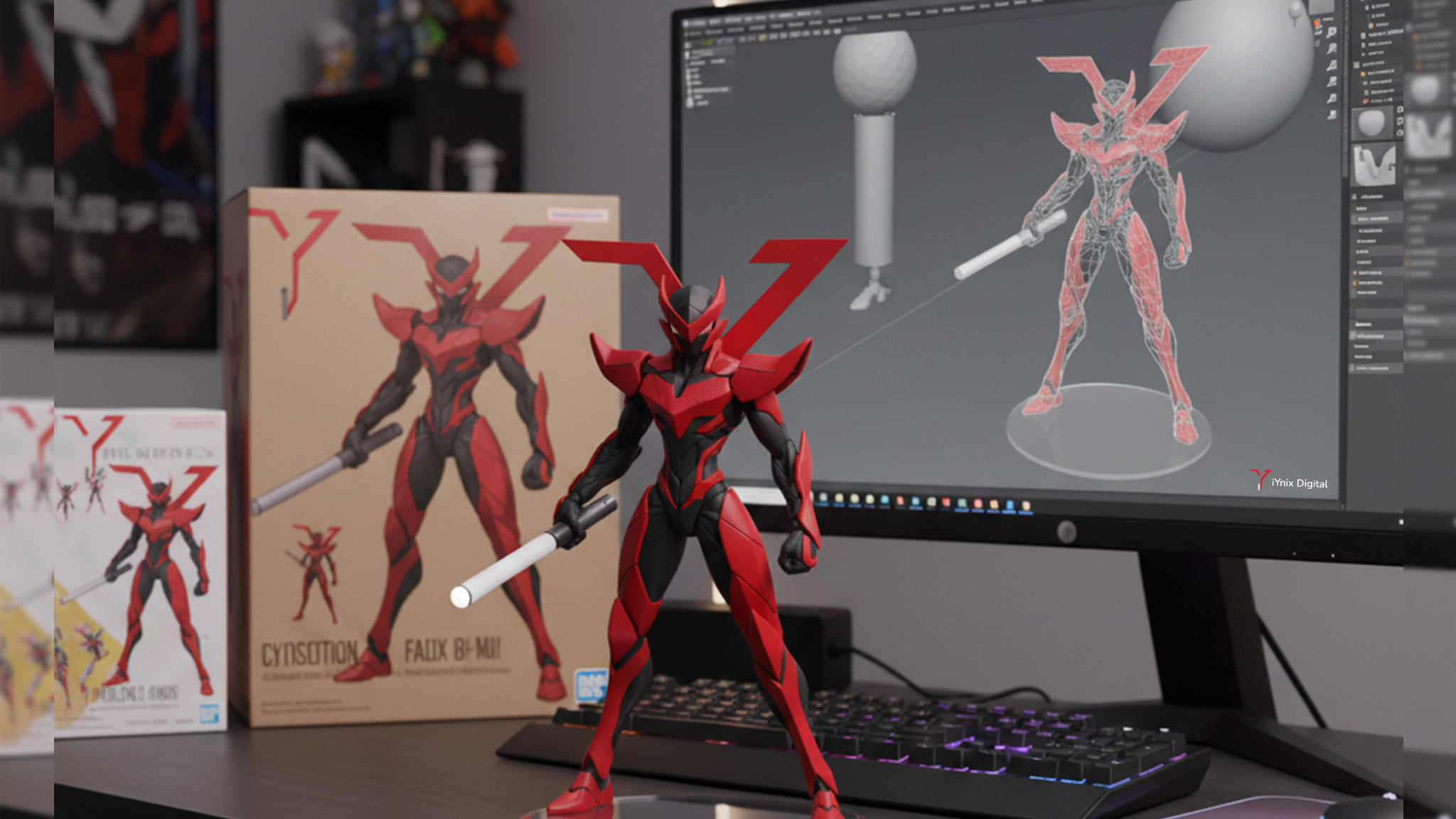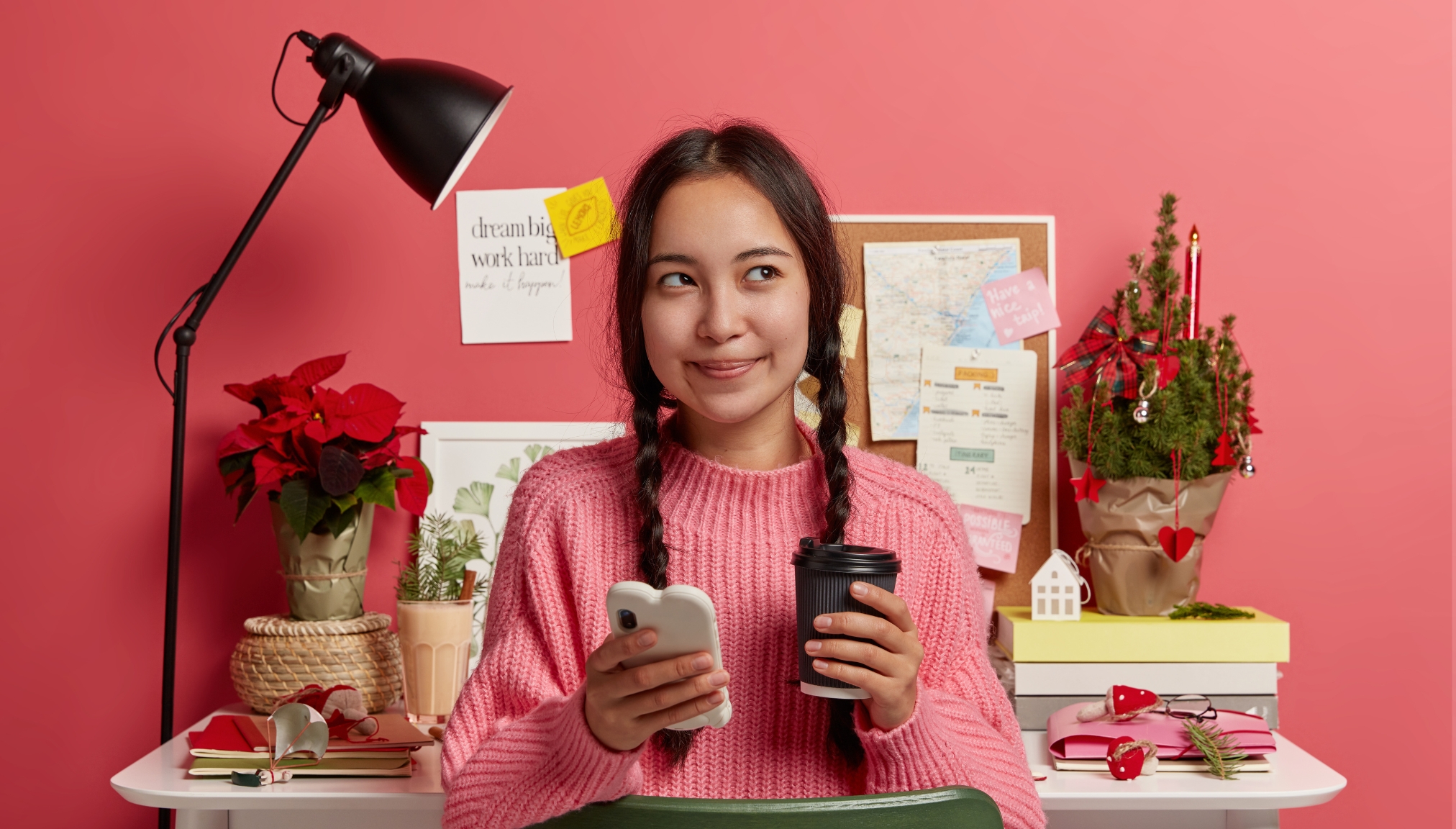The internet is going bananas over a new AI trend transforming ordinary photos into incredibly realistic 3D figurines. Called “Nano Banana,” this viral sensation has captured millions of users worldwide, from celebrities to everyday people, creating miniature versions of themselves, pets, and loved ones.
What is Nano Banana?
Google’s Gemini 2.5 Flash Image tool uses advanced AI to convert any photo into a lifelike 3D digital figurine that can be displayed on your desk or shelf.
Is Nano Banana Free?
Yes, Nano Banana, Google’s code name for the Gemini 2.5 Flash Image model is free to use, but with some limits. You can access it via the Gemini app (on web or mobile) at no cost, and try daily image generations or edits. However, the free version comes with usage restrictions like limited requests, lower output quality, and slower processing
What Makes the Nano Banana Trend So Popular?
The Nano Banana craze exploded when people discovered they could create museum-quality 3D figurines without technical skills. Think of it as having a professional 3D artist in your pocket; you simply upload a photo and get a miniature figure that captures every detail.
The trend gained massive momentum when high-profile figures started sharing their creations. Assam’s Chief Minister Himanta Biswa Sarma posted his 3D figurine saying, “My young friends suggested that I go with the trend… so here it is.” Bollywood fan pages quickly followed, creating lifelike 3D versions of celebrities.
What makes this trend special is its accessibility. Anyone can create professional-looking 3D art without spending thousands on custom figurines or learning complex 3D modeling software.
How Does Nano Banana Actually Work?
Nano Banana uses Google’s advanced AI to analyze photos and generate three-dimensional representations. The AI understands depth, lighting, textures, and proportions to create realistic figurines.
The process works like magic:
• Upload any clear photo
• The AI analyzes facial features, clothing, and background elements
• Advanced algorithms create a 3D model with proper proportions
• The system adds realistic lighting and shadows
• You get a professional-quality figurine in seconds
The technology behind this is the same AI that powers Google’s most advanced image processing systems, making it incredibly sophisticated yet simple.
What Are the Best Ways to Use Nano Banana?
1. Personal Figurines and Gifts
Create miniature versions of yourself, family members, or friends. These make unique digital gifts or social media content guaranteed to impress.
Popular uses:
• Birthday surprise figurines
• Anniversary commemorative pieces
• Family portrait collections
• Pet memorial figurines
• Holiday greeting cards
2. Business and Professional Applications
- Social media marketing: Businesses create figurines of their team members or mascots for engaging content.
- Personal branding: Professionals use figurines as unique profile pictures or business card elements.
- Event marketing: Create figurines of speakers, performers, or special guests.
3. Creative and Artistic Projects
Artists and creators use Nano Banana to inspire actual sculptures or as part of larger creative projects.
Creative applications:
• Character design inspiration
• Storyboard development
• Art portfolio pieces
• Creative writing prompts
• Game character concepts
How Can You Create Your Own Nano Banana Figurine?
Using Google AI Studio (Free Method)
- Visit the Google AI Studio website
- Log in with your Google account
- Look for the “Try Nano Banana” option
- Click the “+” button to upload your image
- Wait 10-30 seconds for processing
- Download your finished figurine
Pro tip: Use the custom prompt for better results: “A realistic 1/7 scale figurine of the pictured character stands on a clear acrylic base atop a sleek wooden desk. The desk is tidy, with a monitor displaying the ZBrush sculpting process showing wireframes, textures, and fine details.”
Advanced Prompt Examples for Better Results
- For anime-style figurines: “A realistic 1/7 scale figurine of a cute anime character, dressed in an adventurer’s outfit with a vest, shorts, and boots, stands on a clear acrylic base atop a sleek wooden desk. Natural light from a window casts soft shadows, highlighting the craftsmanship and textures.”
- For professional figurines: “A realistic 1/7 scale figurine of a business professional in a sharp suit, standing confidently on a clear acrylic base atop a modern office desk. The figurine shows fine details in the clothing and facial features.”
- For fantasy themes: “A realistic 1/7 scale figurine of a medieval knight in full plate armor, complete with detailed helmet and sword, stands on a clear acrylic base. The armor shows realistic wear and battle scars with excellent craftsmanship.”
What Makes a Great Nano Banana Photo?
Photo Quality Tips
- Lighting matters: Use well-lit photos with even lighting across the subject’s face.
- Clear focus: Blurry or low-resolution images produce poor figurine quality.
- Simple backgrounds: Clean backgrounds help the AI focus on the main subject.
- Full body shots work best: Include the entire person for more detailed figurines.
Composition Guidelines
- Face the camera: Direct eye contact with the camera creates more engaging figurines.
- Natural poses: Relaxed, natural positions translate better than forced poses.
- Avoid busy clothing: Simple, precise, detailed outfits work better than complex patterns.
- Good contrast: Ensure the subject stands out from the background.
Why Has Nano Banana Become a Global Phenomenon?
Social Media Impact
The trend exploded across platforms because the results are instantly shareable and impressive. People love showing off their realistic 3D figurines, which spread virally on Instagram, TikTok, and Twitter.
Viral factors:
• Impressive visual results that demand attention
• Easy to create and share
• Works with any photo, making it universally accessible
• Celebrity and influencer adoption
• Free to use, removing barriers to entry
Cultural Appeal
- Nostalgia factor: Reminds people of collectible figurines and action figures from childhood.
- Personalization trend: Fits perfectly with the current desire for personalized, unique content.
- Technology fascination: People are amazed by AI capabilities and want to experiment.
- Gift-giving potential: Creates unique, personalized presents for special occasions.
What are the best practices for Nano Banana’s success?
Technical Tips
- Image resolution: Use high-quality photos (at least 1024×1024 pixels) for best results.
- File format: JPEG and PNG files work best with the AI system.
- Multiple attempts: Try different photos of the same person for varied results.
- Experiment with prompts: Custom prompts can dramatically improve output quality.
Creative Strategies
- Theme consistency: Create a series of figurines with matching themes or settings.
- Storytelling: Use figurines to tell stories or create narrative sequences.
- Brand integration: Businesses can incorporate brand colors or elements into figurines.
- Seasonal content: Create holiday-themed or seasonal figurine collections.
What Are the Limitations of Nano Banana?
Technical Constraints
- Image quality dependency: Poor input photos produce disappointing results.
- Processing time: Complex images may take longer to process.
- Style limitations: The AI has a specific aesthetic that may not suit all preferences.
- Watermark presence: Google Gemini adds watermarks to generated images.
Creative Limitations
- Consistency challenges: Multiple figurines of the same person may look slightly different.
- Limited customization: You can’t easily modify specific details after generation.
- Style constraints: The output style is predetermined and can’t be significantly altered.
- Background limitations: Complex backgrounds may not translate well to figurine format.
How Can You Use Nano Banana for Business?
Marketing Applications
- Social media content: Create engaging posts featuring team member figurines.
- Brand mascots: Develop 3D versions of company mascots or characters.
- Customer engagement: Offer figurine creation as a service or promotional tool.
- Event marketing: Create figurines of speakers, performers, or VIP guests.
Professional Uses
- Portfolio enhancement: Add unique 3D elements to creative portfolios.
- Client presentations: Use figurines to personalize business presentations.
- Team building: Create figurines of all team members for office displays.
- Networking tools: Use figurines as memorable business card alternatives.
What’s the Future of AI-Generated 3D Content?
- Improved realism: Future versions will likely produce even more lifelike results.
- Animation capabilities: Moving figurines and basic animations may become possible.
- Customization options: More control over poses, clothing, and backgrounds.
- Integration possibilities: Direct integration with 3D printing and virtual reality.
- Faster processing: Reduced wait times for figurine generation.
- Higher resolution: Better quality output with more detail.
- Style variety: Multiple artistic styles and figurine types.
- Mobile optimization: Better performance on smartphones and tablets.
How Do You Avoid Common Nano Banana Mistakes?
Photo Selection Errors
- Avoid group photos: The AI works best with single subjects.
- Skip low-light images: Dark or poorly lit photos produce disappointing results.
- Don’t use heavily filtered photos: Filters confuse the AI’s analysis.
- Avoid extreme angles: Straight-on or slight-angle shots work better.
Prompt Writing Mistakes
- Being too vague: Specific prompts produce better results than generic ones.
- Overcomplicating: Simple, clear descriptions often work better than complex ones.
- Ignoring lighting: Include lighting descriptions for more realistic figurines.
- Forgetting scale: Mention figurine scale (1/7, 1/6) for proper proportions.
Frequently Asked Questions
Is Nano Banana really free to use?
Yes, the Google AI Studio version is free to use with your Google account.
How long does it take to create a figurine?
Most figurines are generated within 10-30 seconds, depending on image complexity and server load.
Can I use Nano Banana figurines commercially?
Check Google’s terms of service for commercial use restrictions. Personal use is generally allowed.
What’s the best image size for Nano Banana?
Use high-resolution images (at least 1024×1024 pixels) for the best figurine quality.
Can I create figurines of celebrities or public figures?
While technically possible, be mindful of copyright and privacy considerations when creating figurines of public figures without permission.
How can I improve my figurine quality?
Use high-quality, well-lit photos with simple backgrounds. For better results, experiment with different angles and detailed custom prompts.



